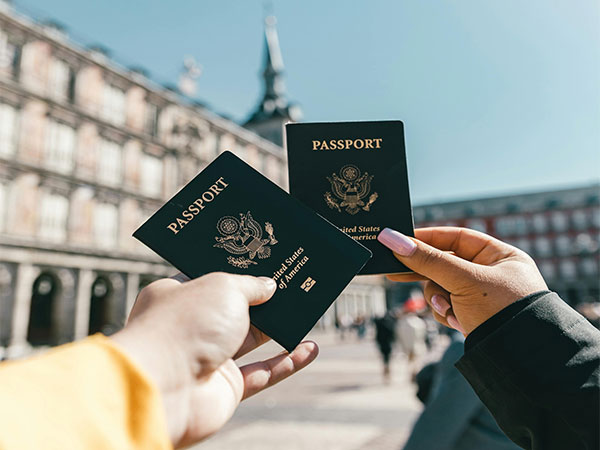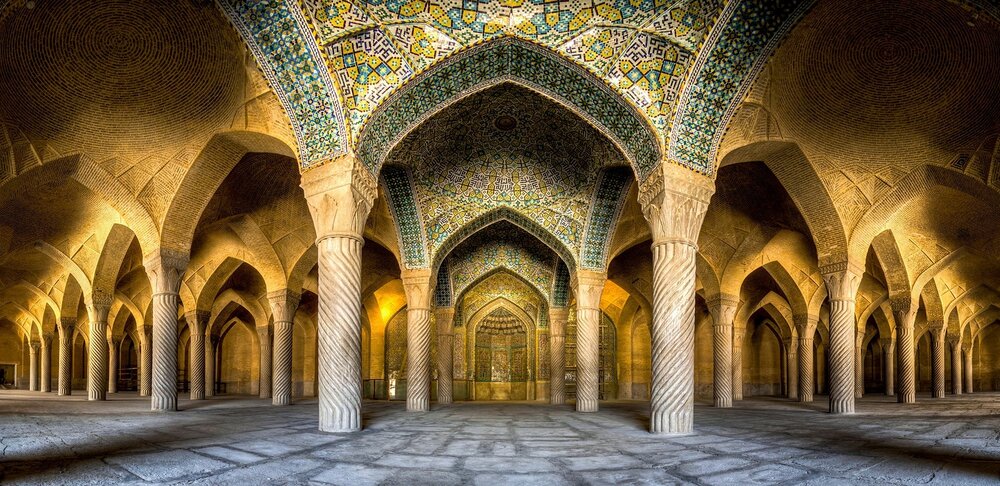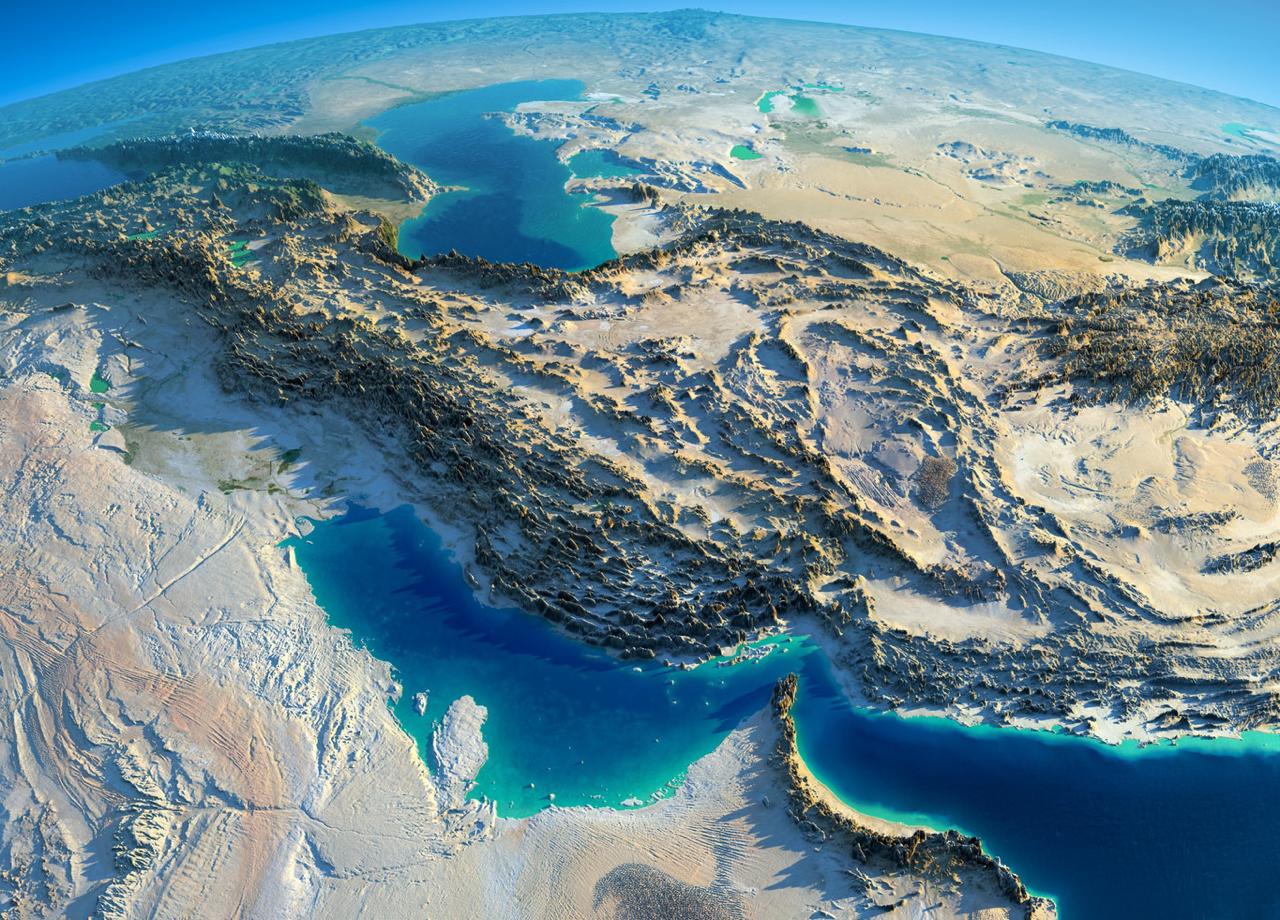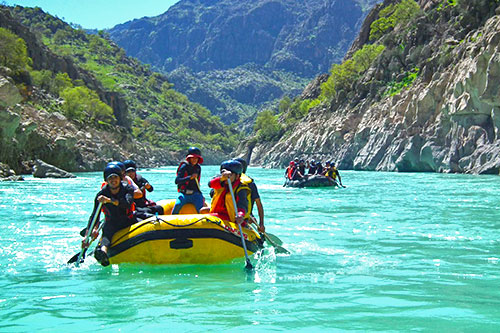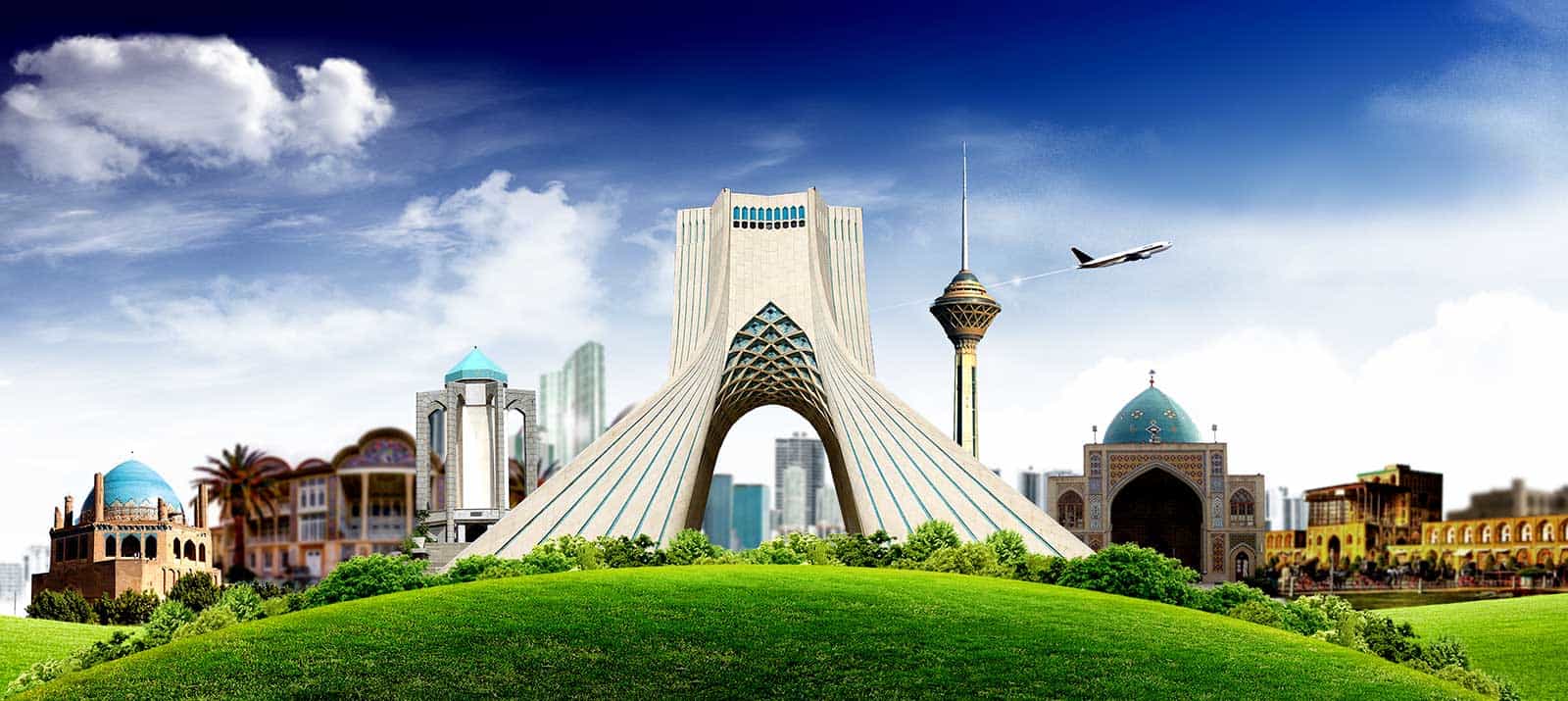Blog | 2025/08/23
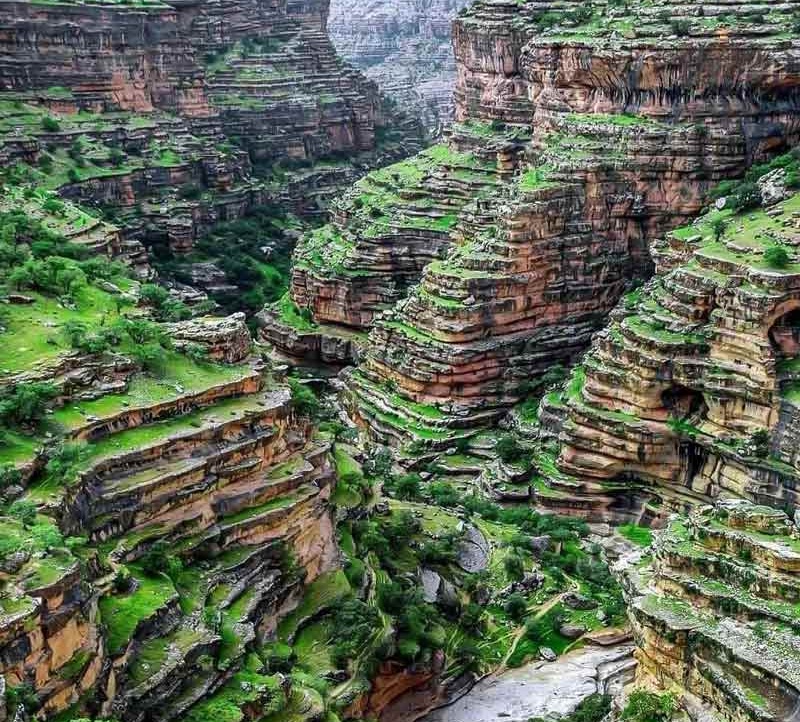
Iran is an ancient country with a civilization that spans thousands of years, holding a unique place in world history. Its diverse geography, from the towering Alborz and Zagros mountains to vast deserts and lush northern forests, makes it a remarkable tourist destination. The natural diversity of Iran has created a variety of climates, flora, and fauna across different regions.
The Iranian civilization began with the earliest settlers during the Paleolithic Era and evolved through powerful empires such as the Achaemenids and Sassanids. These empires not only ruled over Iran but also influenced global trade, politics, and culture. The Silk Road made Iran a vital bridge between the East and West.


Modern Iran combines tradition with modernity. Historic cities like Isfahan, Shiraz, Tabriz, and Tehran showcase a blend of culture, architecture, and contemporary life. The Iranian people are known for their hospitality, handicrafts, exquisite carpets, traditional cuisine, and diverse arts, providing travelers with an exceptional cultural experience.
Iran's climate is diverse, with mountains limiting humidity from the Caspian Sea and Mediterranean, resulting in dry and warm interiors. Spring is the best season to visit, but northern and southern regions remain suitable for travel in other seasons.
Persian (Farsi) is the official language, but ethnic groups speak Turkish, Kurdish, and Arabic. Over 90% of the population is Muslim, while religious minorities such as Zoroastrians, Christians, and Jews enjoy equal social, political, and economic rights. Women are required to follow Islamic dress code, including wearing a hijab. Iran's literature, music, architecture, handicrafts, and visual arts are globally renowned. Its cuisine and money exchange facilities further facilitate tourism.


Blog | 2025/08/31
